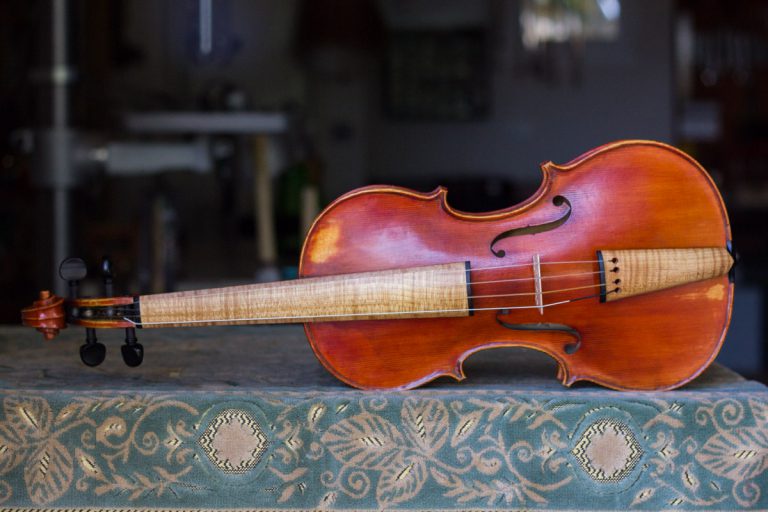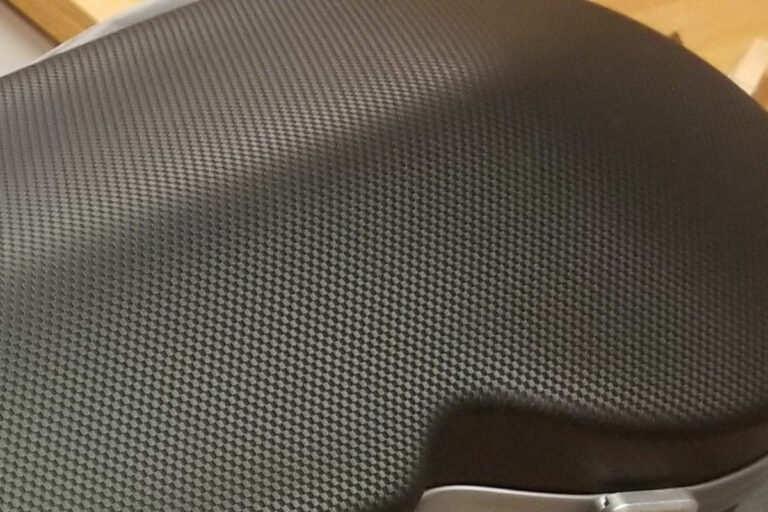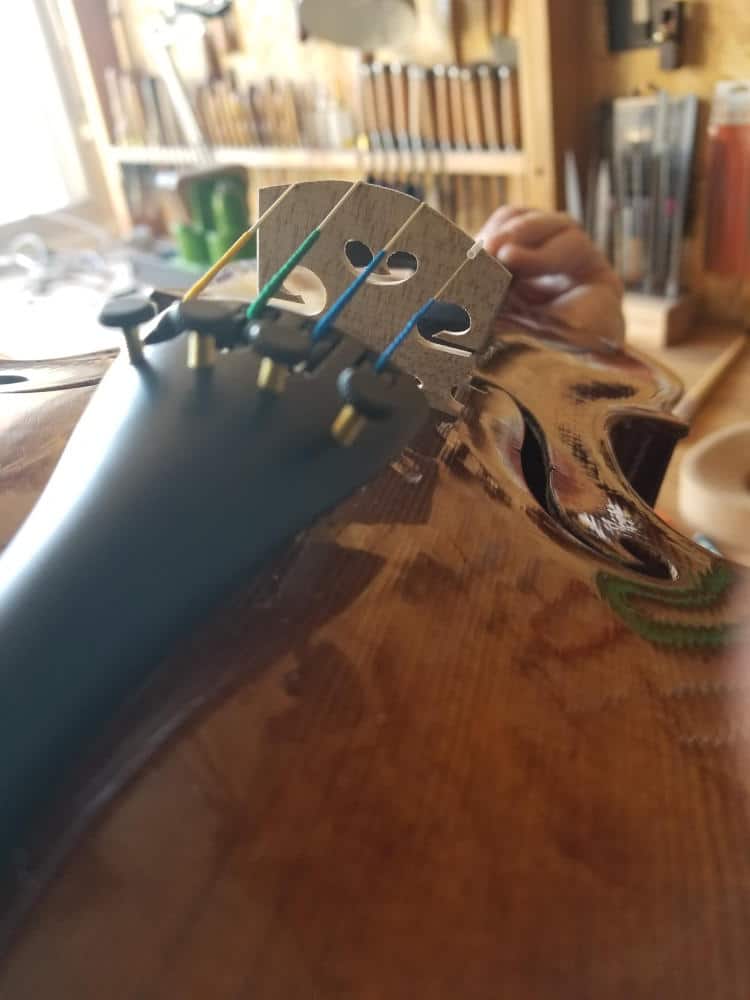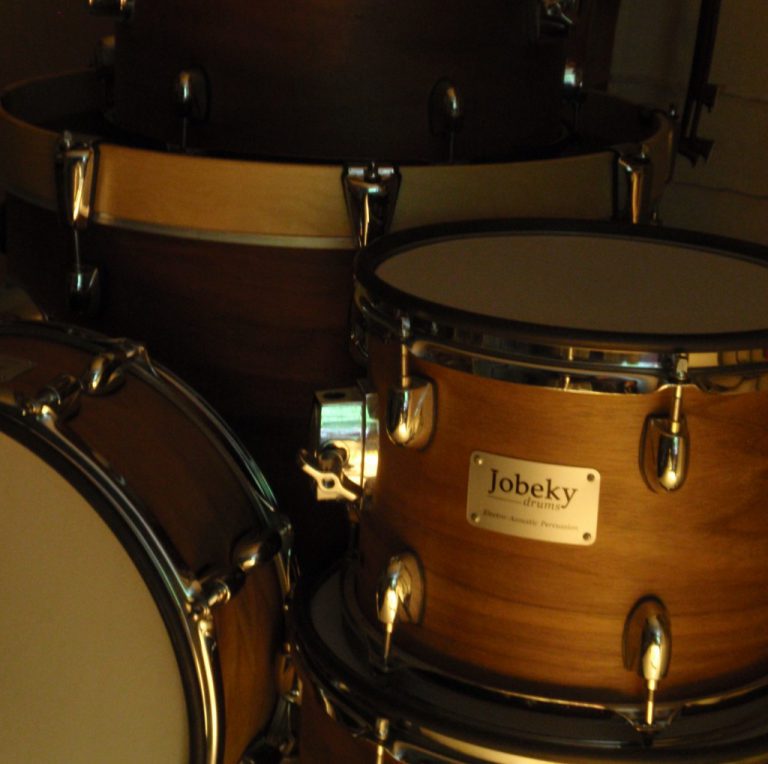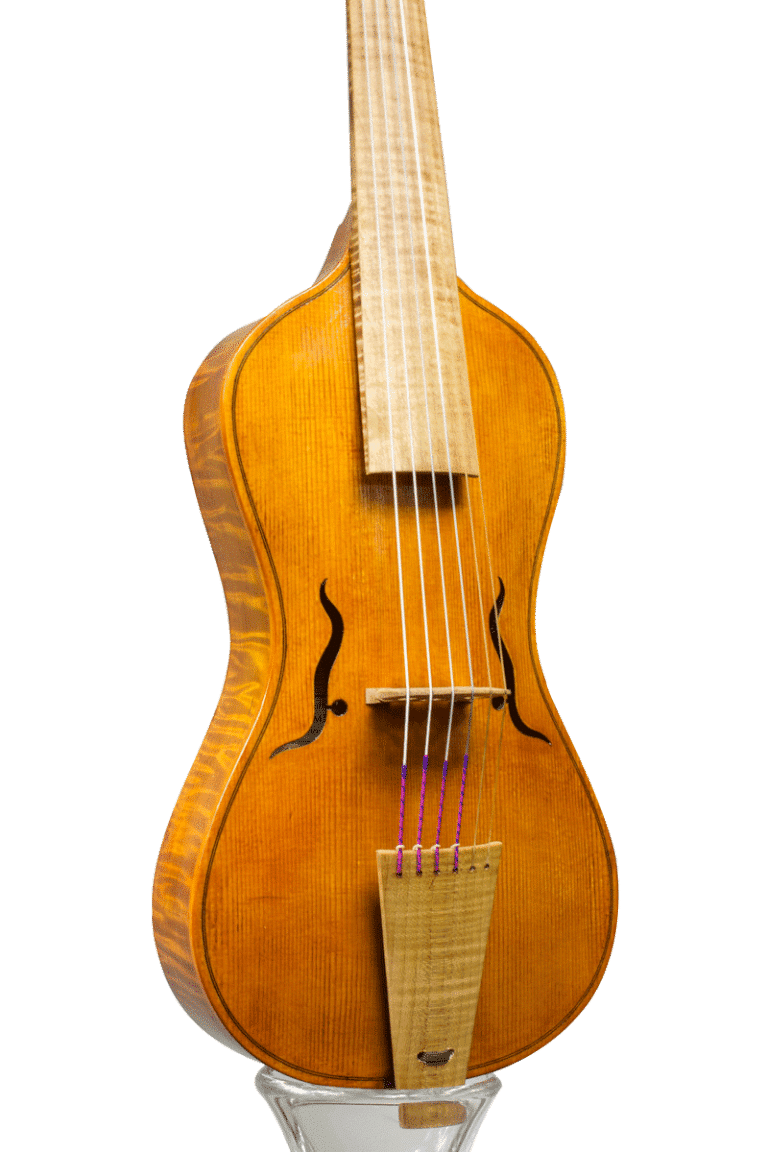The rebec is one of the main medieval ancestors of the violin. Like the violin, its strings were rubbed with a bow, and the musician controlled the pitch of the notes with his fingers. These instruments are no longer really used today, and have been reconstructed with the help of writings and illustrations from the period: here's the story we know about them.
The history of Rebec
From the origins of the Middle East
The origins of the rebec can be traced back to the Middle East, in the second half of the 9th century. There are several mentions of an instrument called a rabab in Arab lands, but unfortunately no physical evidence of one has come down to us. Emerging Islam forbade representations of the physical world, but literary evidence has handed down some detailed descriptions of the instrument's forms and playing methods.
Ibn Khalda wrote in Muqaddimah(Introduction to History) a passage describing the rabab. At the time, it was played with a rudimentary bow consisting of a curved stick over which a resin-coated braid was stretched, pulling the strings in a movement quite similar to the one we know today. The historian described how the left hand was used to stop the vibration of the string in order to play notes of different pitches, while the right hand manipulated the bow.
Al-Farabi gave a full description in his work Kitah al-musiqi al-kabirwritten around the year 900. In it, he describes the rabab as an instrument similar in shape to the tumbur (a kind of lute): a long, rather slender neck with a pear-shaped body. Its two strings were attached to a nail on one side, and to pegs on the other, which held the instrument in tune. Unlike the tumbur, the rabab had no frets. It was played upright, resting on the thigh, with the left hand controlling the pitch and the right hand holding the bow.
Jerome ofMoravia, author of the Tractatus de musicaalso commented on the rebab and its tuning, explaining that rebabs are tuned in fifths.
Later evidence indicated that these instruments were made from a dried calabash as a base for the body, a stretched skin as a sounding board and a wooden neck. String materials were most often braided silk, but could also be gut.

Spreading throughout medieval Europe
During the Crusades, the instrument spread across Europe, first to Spain, France and Germany in the 11th century , then to England and the rest of Europe.
By the 11th century, the instrument was found in both Byzantium and Spain, where its morphology had changed very little. The Byzantine versions illustrated here were held upside down, in the Arab style. One notable difference, however, is the bow, which was long and flat rather than curved(although this may be a semblance of perspective in the drawings). In Spain, the style seemed much more akin to their original form, although here too, dealing with artistic representations, it's not really possible to assert anything without tangible evidence. However, it is clear that these images show instruments strongly inspired by the rabab.
One of the first illustrations is taken from the Catalan Psalter from the middle of the 11th century, where we find an instrument very similar in shape to the rebab played with a curved bow, but we can also see one of the changes made on its journey to Europe. Indeed, unlike the Byzantine version, which features only two strings, the Spanish model clearly displays three strings. Texts from the same period sometimes report up to 6 doubled strings.
Other modifications were made to the instrument as it traveled through Europe. In particular, the rebab was more often made from wood rather than calabashes and skins, probably to better suit the more austere climate. The playing position also evolved, and very soon musicians were using it horizontally, on the belly, or under the shoulder, rather like the modern violin. It was from this point onwards that the instrument came to be known as the rebec.
The rebec in the Middle Ages
In its early days, the rebec was considered a court instrument, as can be seen in many illustrations of minstrels playing for kings. All these bowed instruments were very popular in royal societies from the 11th to the 13th century , and numerous groups of musicians were maintained in the courts of the various kingdoms. Owning one's own musicians was a symbol of power and wealth, a tradition that continued until the 14th century , when wealthy families employed musicians like any other servant.

The rebirth and decline of the rebec
The rebec was a much-appreciated instrument played in the 14th century as a member of the bowed-string family, until the development of its main competitors: the medieval fiddle and violin. In the course of the 15th century, the instrument fell into disrepute at the royal courts, and was regarded as rustic, too squeaky for noble ears and good only for accompanying peasant dances. So it gradually disappeared from the musical scene of the time, and was soon forgotten, to be replaced by the violin.
The rebec at the workshop
My interest in modern violins, violas and cellos led me to explore their origins, and learn about their distant ancestors. You can come and try them out at the workshop, have an instrument made to your specifications, or learn how to create your own during a workshop.

Internships
Making such an instrument is accessible to everyone, even those who have never worked with wood before. In a relatively short space of time, these workshops enable you to discover the world of lutherie by building a rebec yourself, and to leave with a finished, playable instrument.
For more information, please visit the courses page or contact me.

